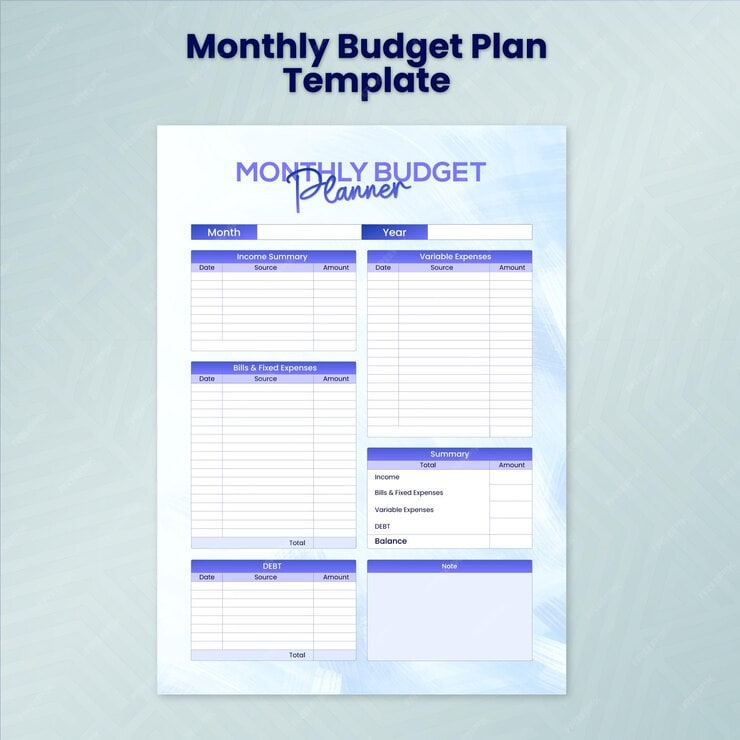The 50-30-20 budget is a popular budget format to allocate your after-tax income to resources for needs, wants, and savings/debt repayment. In this article, we outline the basics of a 50-30-20 budget and explore how to set it up to manage your finances effectively.
If you’re ready to take your finances to the next level and save for the future, read on.
What Are The Components Of The 50 30 20 Budget?
The 50-30-20 budget rule suggests that you allocate 50% of your income to essential expenses like rent, bills, and groceries, 30% to discretionary spending such as entertainment and dining out, and 20% to savings and debt repayment. Below we elaborate on these categories:
- 50% For Essentials: Your essentials include mortgage payments, utility bills, groceries, transportation, costs, medical bills, and other necessary expenses. These are non-negotiables that you must budget for each month.
- 30% For Discretionary Spending/Wants: This is for things you don’t necessarily need to live, but that help you enjoy life and treat yourself. Your wants typically include eating out, going to the movies, or investing in a sport or hobby.
- 20% For savings and debt repayment: This portion of your income should be used to build an emergency fund, save for future goals like buying a house or going on vacation, and pay off any outstanding debts you may have. This section of your budget helps you work towards a more secure financial future.
Overall, this type of budget provides a guideline for how much of your income you should be spending on which categories.
The Benefits Of Using The 50-30-20 Budget Rule
The 50-30-20 budget rule allows for a good balance between meeting your financial needs, building a secure financial future, paying off debts, and still having fun. The benefits of this budget include:
- Improved Savings: While 20% of your budget doesn’t seem like much, the longer you allocate money to savings and debt repayment, the more you will accumulate wealth. This can create a sense of stability and reduce the stress of living paycheque to paycheque.
- Better financial decision-making: When you have a clear budget in place, you can make more informed spending decisions.
- Financial security: Knowing exactly how much you have to spend on your basic needs each month can provide certainty and help you feel more financially stable, even if you don’t have much in your budget to work with.
Increased financial awareness: Most budgets add to financial awareness and help you track your spending and financial habits in more detail. This can help you identify problem areas and prevent overspending.
How To Calculate Your Budget Using The 50 30 20 Rule
Calculating your budget using the 50-30-20 rule is relatively straightforward. Below we outline the steps to calculate and plan your budget according to the 50-30-20 framework:
- Determine your monthly income: Start by calculating your total monthly income. This includes any salary, wages, or additional sources of income you receive each month.
- Calculate your essential expenses: Multiply your monthly income by 0.5 (50%) to determine how much you should allocate to essential expenses.
- Allocate funds for discretionary spending: Multiply your monthly income by 0.3 (30%) to determine how much you can allocate to discretionary spending.
- Set aside money for savings and debt repayment: Multiply your monthly income by 0.2 (20%) to determine how much you should allocate to savings and debt repayment.
- Adjust your budget as needed: Once you have calculated these figures, take a look at your essential expenses, discretionary spending, and savings allocation. If necessary, make adjustments to ensure that your budget aligns with your financial goals and priorities.
If you don’t feel like doing the math yourself, consider using an online tool or app to help you set up your budget correctly.
Common Mistakes To Avoid When Using The 50-30-20 Budget Rule
It’s not always easy to stick to a budget, and various pitfalls can make it tough to stay within your budget framework. To avoid these pitfalls, it helps to be aware of the most common mistakes when implementing the 50-30-20 budget:
- Neglecting emergency savings: While the 20% allocation to savings and debt repayment is important, don’t neglect your emergency fund. Consider allocating some of your savings budget to an emergency fund until you have 3 to 6 months of expenses saved.
- Overspending on discretionary items: It’s easy to overspend on discretionary items if you’re not tracking your expenses closely. Be mindful of your spending habits and ensure that your discretionary expenses stay within the allocated 30%.
- Not adjusting for income changes: If your income changes, make sure to adjust your budget accordingly.
- Ignoring long-term financial goals: While it’s important to allocate funds for essential expenses and discretionary spending, don’t forget about your long-term financial goals. Make sure to set aside money for retirement, education, or other future needs.
- Failing to review and update your budget: You’ve heard it before, and we’ll say it again. An up-to-date budget helps much more than an irrelevant one. Keep reviewing your budget as time goes by to make sure you’re getting the most out of your financial plans.
Avoiding these common mistakes requires consistency and dedication to the budget. If you do make a mistake, however, don’t beat yourself up about it. Keep trying to optimize and adjust your budget to ensure you stay within the limits.
Examples of the 50-30-20 budget in practice
To better understand how the 50 30 20 budget rule works in practice, here are a few examples demonstrating the split for different monthly incomes.
Example 1: Monthly Income: $3,000
Essential Expenses (50%): $1,500 Discretionary Spending (30%): $900 Savings and Debt Repayment (20%): $600
Example 2: Monthly Income: $5,000
Essential Expenses (50%): $2,500 Discretionary Spending (30%): $1,500 Savings and Debt Repayment (20%): $1,000
Example 3: Monthly Income: $2,500
Essential Expenses (50%): $1,250 Discretionary Spending (30%): $750 Savings and Debt Repayment (20%): $500
In some instances, it can be illogical to stick with this type of budget split. For example, if your rent alone accounts for half of your monthly expenses. It’s important to remember that the 50-30-20 budget is not a hard rule. In the end you have the final word for how your money is spent, and you can adjust the percentages with time if it’s unsustainable to stick to this budget format.
Final Thoughts
While the 50-30-20 budget rule may not work for everyone, it provides a solid foundation for managing your money. By prioritizing your needs first, wants second, and savings and debts last, you can ensure a good quality of life while not neglecting your long-term saving responsibilities and financial-goals.
If you’re new to budgeting, the 50-30-20 budget is a good place to start, and by experimenting with different budget approaches, you’ll gain a newfound understanding and knowledge of financial management. Good luck!




